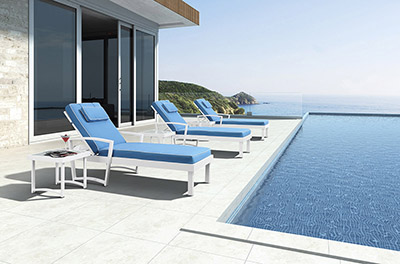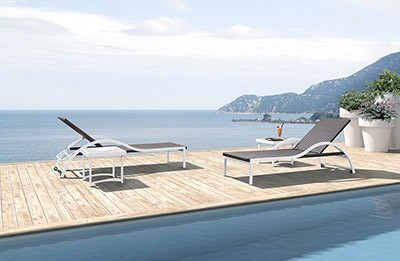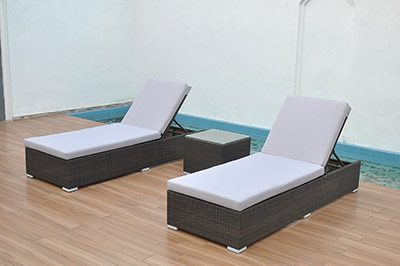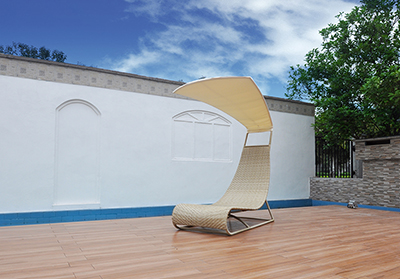With the rapid development of the printing industry, CTP direct plate making technology has begun to be applied in the domestic market. This is undoubtedly an impact on the film output center. However, whether the use of CTP direct plate-making technology or film output process, both have one thing in common, that is, the front-end computer graphic processing system to process graphics. The general process flow of the two is shown in the following chart:
Most of the advertising companies now have direct contact with the film output center or the direct platemaking center. For them, to set aside price, on the one hand, it is hoped that the speed of film or direct plate making will be faster, and on the other hand, the quality of the film or plate should be better. Then increase the output speed, not only requires the output center software and hardware in place, the level of employee operations in place, but also requires the advertising company to provide the documents in place. This article does not discuss how the film output center or the direct-printing center should do it, but rather talks about how the advertising company should do it from the document.
Good image accuracy, file format
Scanner-originated images have an accuracy that is directly dependent on the quality of the original and the optical resolution of the scanner. Choosing good manuscripts and using scanners that meet the printing requirements of optical resolution are prerequisites for ensuring image accuracy. For the design and production staff, the relationship between the scanning resolution and the number of printed screens can be mastered, and it is not difficult to close the good image accuracy. Scan resolution and printing screen number have the following relationship:
Scan resolution = number of screen lines × q × magnification
q: quality factor, generally 1.5 to 2
Of course, if the image is sourced from an electric extension, a digital camera, or an optical disc library, the accuracy of the image is the same as the scan.
In addition to ensuring the accuracy of the image, you should also pay attention to the format of the file.
Some designers think that the best way is to use the TIFF (Tag Image File Format) format for film or plate making. However, they only consider this to ensure that the output is correct, but they ignore the quality of the output graphics and text. Why do you say this way?
First, the pre-processing basics of graphics and images are introduced.
Graphics are outlines and fills of points, lines, and faces that exist in vector form. In the prepress phase, vector graphics do not affect accuracy when zoomed in or out. Pre-press commonly used graphic formats are ai (more severe color distortion) and Eps (Encapsulated Postscript) format. Eps is more widely used.
The text is processed in the same way as the graphic processing in prepress. The most commonly used text storage is the TXT plain text format.
The image is in the form of a dot matrix with continuous color or light changes. In the prepress phase, the image is processed in pixels, which affects the accuracy when zooming in or out. Pre-press common image storage formats include TIFF, EPS (Encapsulated Postscript), PICT (Picture, Macintosh format), and JPEG (Joint Photographic Image Experts Group, irreversible compression) format. Eps, because it corresponds to the Postscript format, seems to have become the standard in prepress processing, and it can be said to be the most widely used.
TIFF is a format for image storage. If you convert graphics and text into images for storage, there will undoubtedly be a loss in accuracy.
The author suggests that the design maker distinguish between text, graphics, and images. You can use PageMaker, QuarkXpress and other software to complete the layout; you can also use Freehand, Illustrator, Coreldraw and other graphics software to complete the draft, but do not forget to turn text into an outline. Try not to finish it in Photoshop.
Good size and color
Designers should keep a good grasp of the size and color of the printed matter. The size mentioned here does not only refer to the open size, but also includes the net size and the size of the hair as often stated in the printing. The net size refers to the final size of the printed product; the size of the fabric refers to the size of the printed product before cutting. The difference between the two is that the hair size at the same incision is at least 3 mm wider than the net size (of course sometimes slightly smaller than 3 mm) for easy cutting. Whether it is a single page or a piece of printed matter that needs to be impositioned, the designer needs to figure out where the cut is. It is not difficult to resize it. For example, Table 1.
Whether the number of net size imposition binding mode hair size
210mm×285mm 1 No No 216mm×291mm
210mm×285mm 2 is an eight-fold folding sheet 426mm×291mm
The color check is considered from the perspective of print separation. From the standpoint of ink coloration, printing can be divided into Process Color ink printing, spot color ink printing, and a combination of the two. Conventional printing inks include four colors: cyan (C), magenta (M), yellow (Y), and black (K). Printing with primary inks means that all the colors that need to be reproduced are overprinted by the four inks, and the four colors should be used for color separation in the sheet or plate making. The spot color ink refers to the ink obtained by mixing the color corresponding to the color of the original color on demand, and the printing using this ink is called spot color ink printing. A spot color corresponds to only one film or plate in the film or plate. After you know the spot colors and the primary colors, you will not forget that when you use the color mode, you must use the CMYK mode without using spot colors. Otherwise, the printer and the plate maker do not recognize it.
After distinguishing the difference between spot colors and primary colors, it is necessary to figure out when to overprint and when not to overprint. The so-called overprinting means that when the color is printed, the previous color does not release. When you define the text and graphics as K100, it is best to overprint, otherwise small words and thin lines are easy to spend; when you use colors other than pure black, such as gray or other colors that are different from the side blocks, you should not Overprint, otherwise there will be color cast. At the same time, it is recommended that you define the range of K0 to 100 when black is selected. For example, if gray 50 is set to K50 and pure black is set to K100, you cannot use CMY to synthesize gray or black. Especially the text or lines, otherwise it will be difficult to register because of the flowers.
Use PS and PDF as much as possible
PS (Postscript) is a programming language that describes a page as a computer language. The PS language is a general-purpose computer language that can describe the page elements (including text, graphics, and images) in the original file as code, dot matrix, and outline while storing various elements. The file obtained after description in the PS language has the PS format. The file in this format is then interpreted by the Raster Image Processor (RIP) as device-identifiable code for output.
PDF (Portable document Format) refers to a portable file format. It has the same ability to describe pages as PS, but for the same page, it has a much smaller memory than PS, and it has no programmability. PDF files and PS files are interchangeable. PDF is a page description using a machine-readable code directly, so its page description and recording speed is much faster than PS. PDF is widely used and can be used for output, network transmission, and burning optical discs.
At present, the PS and PDF formats are mainly used in output centers and direct platemaking centers, and advertising companies rarely use them. In fact, as long as you install the PS printer driver and the same PPD and PS fonts as the specified output center, you can print the file that needs to be output to the PS format and send it directly to the output center for output. You don't have to worry about the content being changed because the PS format cannot be edited.
You can also use Acrobat distiller to get PDF files. It has the characteristics of visual, editable, fast output, strong file flexibility, etc. It can be said to be a good format for output.
The actual use of PS or PDF format is not complicated, but the key is the change of concept. If you can use their ideas, don't hesitate. Use PS or PDF format as early as one day, working efficiency will become higher. ※
Source: "Printing Magazine" He Songhua Zhang Qiong
Outdoor Beach Chair brings you a wonderful lounge time at seaside or poolside.The materials synthetic PE rattan,aluminium frame and waterproof cushion are resistant to difference weather conditions and easy to maintain.
Outdoor Beach Chair is crafted from rattan wicker weaved into an aluminium frame. This combination help make this chair durable and comfortable all at once. The adjustable backrest allows you to adjust to different positions so that you can relax on the patio or by the pool.
Features
· For outdoor and indoor use
· High quality rattan plait
· Suitable to all weather conditions
· Easy to maintain
· Matches any outdoor decor
· Quick to assemble
· Adjustable backrest
Maintenance tips
· Do not use any abrasive cleaning agents for cleaning
· Clean the chaise lounge with a damp, soft cloth (you may use a mild cleaning agent) and wipe it dry afterwards
· In case of ceaseless heavy rain or during the winter, the furniture should be stored inside or have a protective cover on it
Outdoor Beach Chair is ranged in different style: Rattan Chair,Sing Mesh Chair,Aluminium Powder Coat Chair.Single and double chairs are available for option.




If you have any questions, please contact with us directly. Outdoor Sofa Furniture are produced
by Golden Eagle Outdoor Furniture With High Quality and Good Appearance. Welcome you can visit our Factory.For any inquiry,Please send mail directly to us.
Rattan Beach Chair,Sun Lounger Beach Chair,Pool Beach Chair,Chaise Lounger Beach Chair
Golden Eagle Outdoor Furniture Co., LTD. , https://www.gegardenfurnitures.com